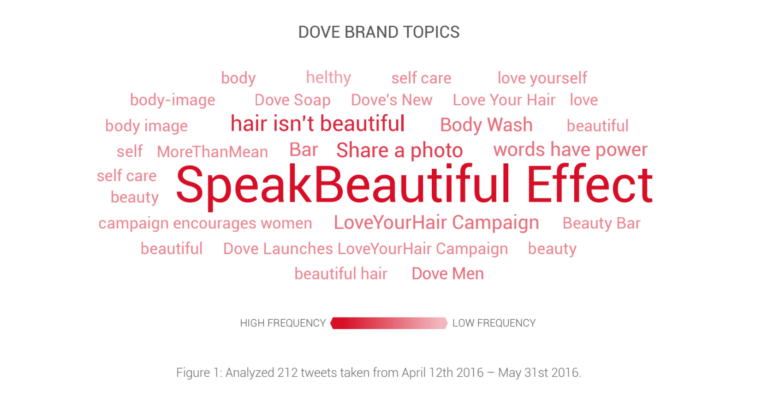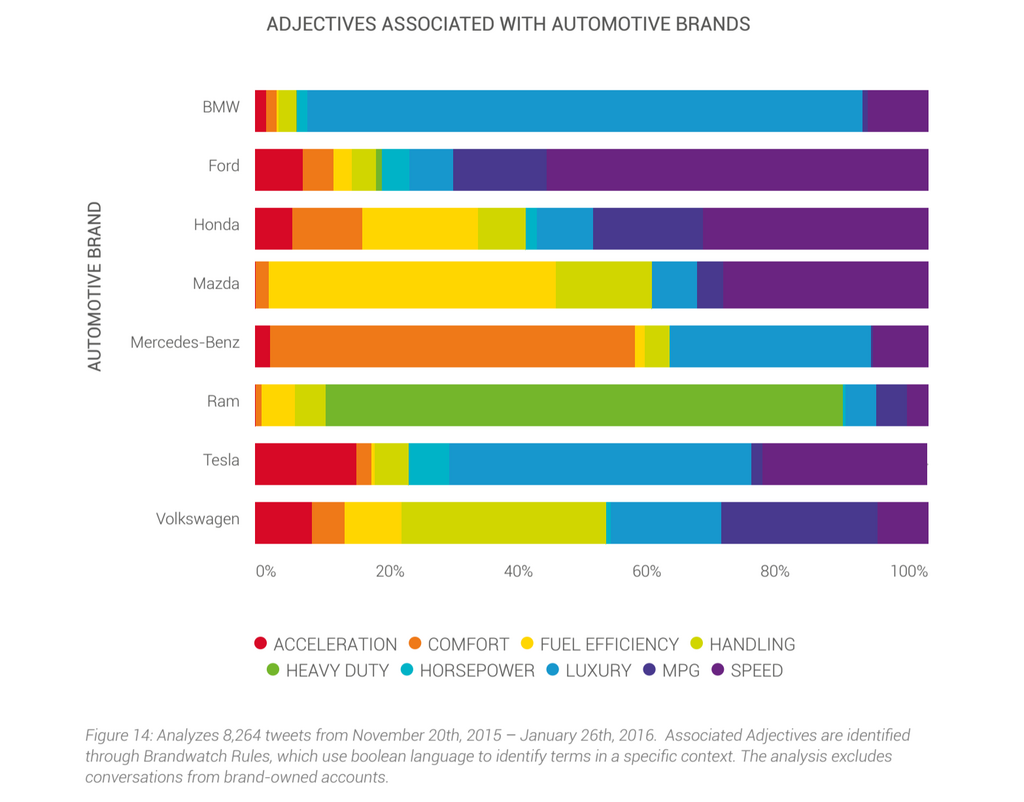20 Social Media Holidays to Celebrate This May
By Yasmin PierreApr 10
Read the practical framework for leveling up your social media team.
Published August 18th 2016
Building a relationship with your customers can ensure a long and healthy relationship. By defining what your brand stands for and it’s brand personality, you can build brand affinity with consumers. Increasing the emotional reasoning behind a purchase can override more rational decisions. The key is understanding the audience you are selling to, and selling them a consistent message.
Brand affinity describes consumers who believe a particular brand shares common values with them. These shared values help build a relationship which tends to retain loyal customers for longer.
All brand purchases are a mixture of an emotional, rational and behavioral decision. When a customer feels an affinity to a brand, the emotional aspect is more likely to play a part in the decision.
Brand loyalty and brand affinity are often used interchangeably, and indeed they are very similar. However, someone can be loyal to a brand without feeling an affinity for that brand, simply because they believe it sells the best product.

With brand loyalty, there is often no strong personal connection tying consumer to brand. The customer is loyal to the brand because they perceive the brand to provide them with some value.
This perceived benefits of this value can keep customers loyal to the brand regardless of pricing or competitor actions. Consumers who are loyal to a brand remain loyal because they believe it offers the best experience and higher quality than the competition.
It is a rational decision, rather than an emotional one. It can also be a behavioral decision, in that a customer might continue buying the same brand due to apathy, not loyalty. The difference between the two can be difficult for brands to understand. This habitual nature of a loyal purchase can be accentuated by so-called customer loyalty programs. Encouraging loyalty through special offers does not foster real customer loyalty.
Brand affinity is the most valuable and enduring level of customer relationship, as there is a connection between brand and consumer, as well as product and consumer.
Brand personality is a set of human characteristics that consumers attribute to a brand. The personality makes the brand more relatable in the eye of the consumer.
A consistent set of traits that define this personality will appeal to a specific market segment, and increase brand equity and brand affinity. The personality is a qualitative value proposition for the brand, in addition to its more tangible, functional benefits.
The theory behind brand personality states that humans feel more affinity to certain brands as the personality they embody matches that of the customer.
There are five types of brand personality:
Within these categories are further associations. Excitement is associated with being carefree, daring and having a youthful attitude. Red Bull is an example of a brand that personifies this trait, from having it’s own Formula One team to sponsoring Felix Baumgartner in the Red Bull Stratos project.

Increasing brand affinity means understanding your customers and the traits they currently associate with your brand, and then making sure each part of the business is reinforcing the message of your brand’s personality.
Brand personality should be central to who a brand is. Rather than saying “we make cars, here is the personality type that suits our cars”, it should be “This is our personality, therefore we made the best possible cars for people like us, and you”.
The first step is to understand your customers. You should gather as many data sources as possible to build the most accurate and complete picture possible. Interviews, surveys, sales and CRM data, reviews, employee anecdotes and social data will all inform your understanding of your audience.
The advantage of social data is that it allows you to research your customers when they are not being your customers. What do they do the rest of the time, what else are they interested in, what do they care about? The more you know your customers, the more you can build your personality and their affinity.
From jobs and responsibilities, demographics, communication channels, media and influencers and common language, every item you can get data on will help flesh out who you are selling to. There will be different segments within your customer base, so developing some accurate buyer personas can be very helpful here.
Social intelligence can also inform you of how consumers currently view your personality, and the brand associations they make.
There are two methods you can use. The first is to create a search for all mentions of your brand. By looking at topic clouds you can identify common themes when people talk about your brand.
With Brandwatch Analytics, you can segment the audience for the topic cloud by gender, location, profession, type of website, and many more.

Dove’s brand personality is sincere, and the brand is very good at it. Under the banner Dove Campaign for Real Beauty the brand regularly runs campaigns that question the established narrative on beauty, body image, confidence, and society’s role in shaping these issues.
Secondly, if there are specific qualities you wish to have associated with your brand you can search for those words within all the mentions of your brand. You can also do this comparatively, to see how you stack up against competitors.

Once you know your audience and understand your current associations, you can see how closely your perceived image aligns with audience realities. You can then work on highlighting the areas that fit with the message you want to convey.
In order to build brand affinity, you will need a brand personality that is embodied by the brand. This means that every communication channel and customer touch point needs to reflect the brand personality.
Building brand affinity also increases the likelihood of consumers sharing content on social. New York Times research into why people share content revealed that 68% of people share to give others a better sense of who they are and what they care about.
A brand is no longer what we tell the consumer it is – it is what consumers tell each other it is.
By emphasizing the traits of their brand personality, brands can align with their audience and increase the likelihood of content being shared on social media. Word of mouth marketing is more highly trusted so can be very advantageous to brands. It’s also impossible to stop. Make sure your brand stands for something and that it is well defined. If you communicate that message well, you will have consumers buying into your brand values.
Offering up analysis and data on everything from the events of the day to the latest consumer trends. Subscribe to keep your finger on the world’s pulse.
Consumer Research gives you access to deep consumer insights from 100 million online sources and over 1.4 trillion posts.
Existing customer?Log in to access your existing Falcon products and data via the login menu on the top right of the page.New customer?You'll find the former Falcon products under 'Social Media Management' if you go to 'Our Suite' in the navigation.
Brandwatch acquired Paladin in March 2022. It's now called Influence, which is part of Brandwatch's Social Media Management solution.Want to access your Paladin account?Use the login menu at the top right corner.



